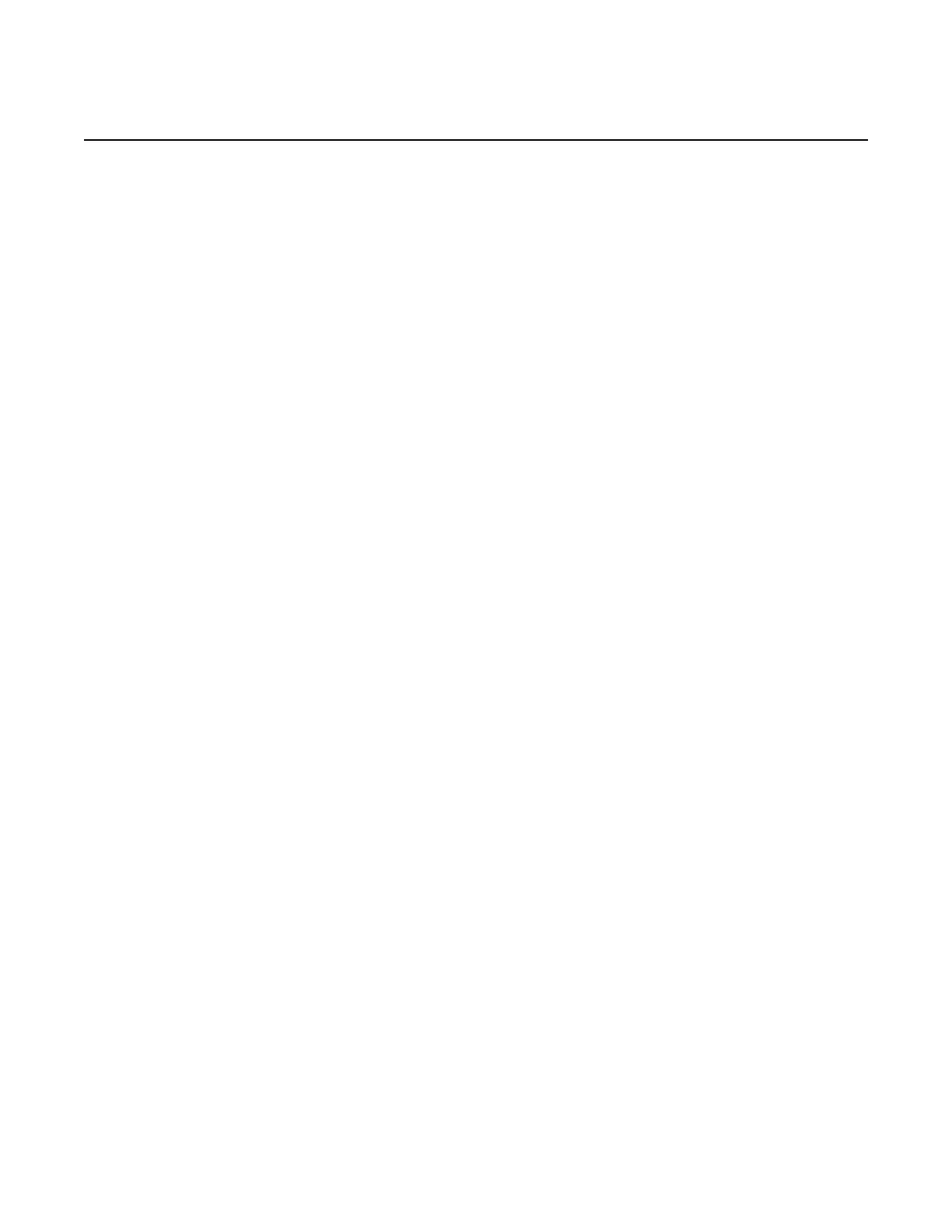QoS and QoS Policies
152
Quality of Service Guide
3HE 11014 AAAC TQZZA Edition: 01
Assigning one or more L1, AF, L2, and BE forwarding class to an Expedited queue
results in a Best-Effort queue type. See Forwarding Classes for more information on
default configuration values.
The expedite, best-effort, and auto-expedite queue types are mutually exclusive.
Each defines the method that the system uses to service the queue from a hardware
perspective.
3.7.6.11 Rate Limiting
The 7705 SAR supports egress-rate limiting and ingress-rate limiting on Ethernet
ports.
The egress rate is set at the port level in the config>port>ethernet context.
Egress-rate limiting sets a limit on the amount of traffic that can leave the port to
control the total bandwidth on the interface. If the egress-rate limit is reached, the
port applies backpressure on the queues, which stops the flow of traffic until the
queue buffers are emptied. This feature is useful in scenarios where there is a fixed
amount of bandwidth; for example, a mobile operator who has leased a fixed amount
of bandwidth from the service provider.
The ingress-rate command configures a policing action to rate-limit the ingress
traffic. Ingress-rate enforcement uses dedicated hardware for rate limiting; however,
software configuration is required at the port level (ingress-rate limiter) to ensure that
the network processor or adapter card or port never receives more traffic than they
are optimized for.
The configured ingress rate ensures that the network processor does not receive
traffic greater than this configured value on a per-port basis. Once the ingress-rate
value is reached, all subsequent frames are dropped. The ingress-rate limiter drops
excess traffic without determining whether the traffic has a higher or lower priority.
For more information about egress and ingress rate limiting, refer to the egress-rate
and ingress-rate command descriptions in the 7705 SAR Interface Configuration
Guide.

